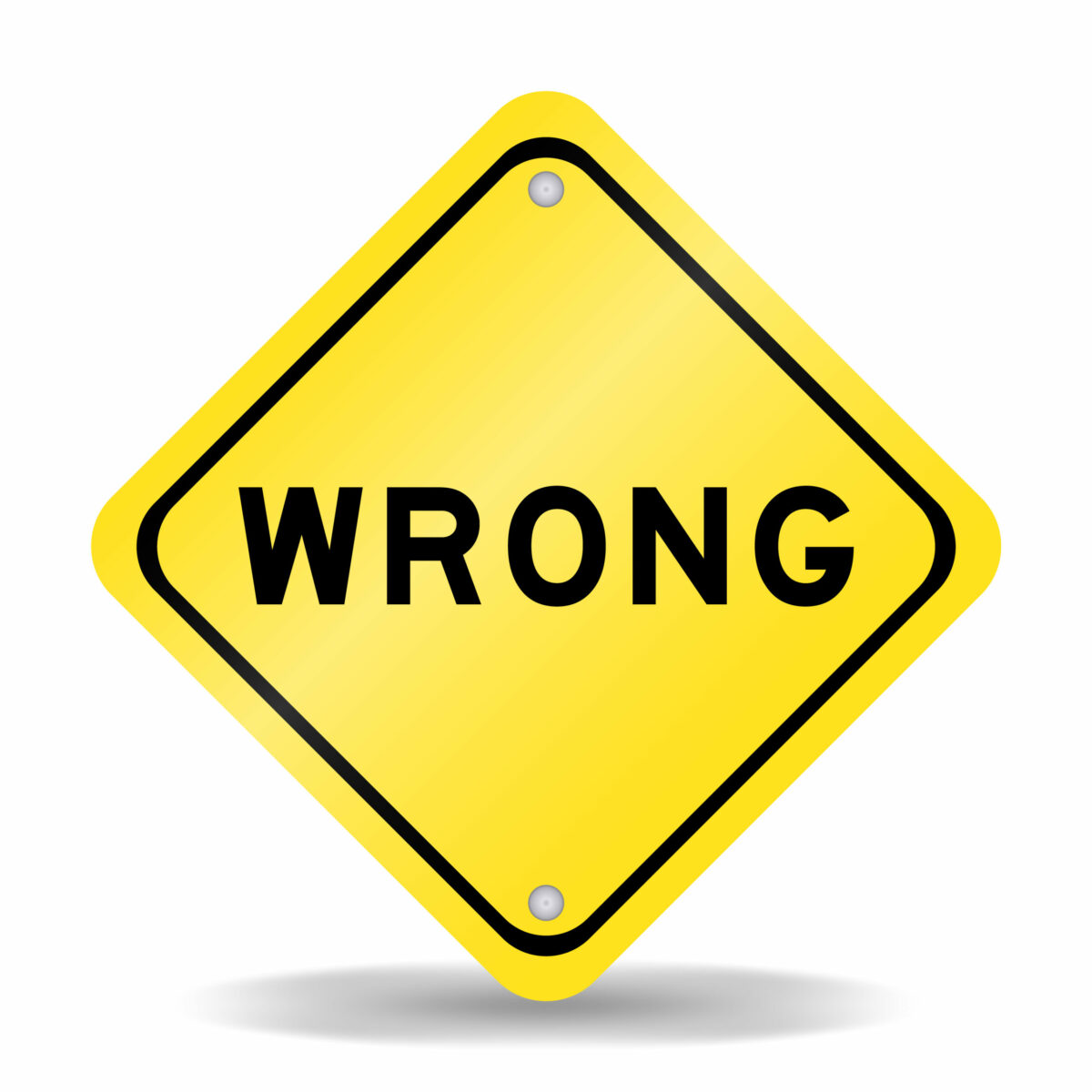CAFC Says PTAB Must Consider Petitioner’s Arguments Under New Claim Construction Presented Post-Institution
“[U]nder the APA, when the Board adopts a new claim construction following institution, an IPR petitioner must have adequate notice and an opportunity to respond under the new construction.” – CAFC
The U.S. Court of Appeals for the Federal Circuit (CAFC) held in a precedential decision today that an inter partes review (IPR) petitioner must be given the opportunity to present evidence of anticipation or obviousness under a new claim construction when that construction is first proposed by a patent owner in its response following the institution decision. The court ultimately vacated the decisions and remanded to the PTAB to reconsider.
The case involves Medtronic Inc.’s U.S. Patent Nos. 8,457,758 and 8,738,148, which relate to the “transcutaneous (i.e., through the skin) charging of implanted medical devices.” Axonics, Inc. petitioned for IPR of the two patents and appealed the Patent Trial and Appeal Board’s (PTAB’s) decision finding Axonics had failed to show the asserted claims were unpatentable. In its final written decision, the PTAB adopted a new claim construction first presented by Medtronic in its patent owner response after the institution decision. The new construction proposed that each of the two “wherein” clauses in the independent claims required a separate input, which the CAFC designated the “two-input” construction as opposed to the previous “one-input” construction.
Although Axonics responded to the new arguments under the new construction in its reply, the Board refused to consider the new evidence and arguments because it said the “Petitioner had an adequate opportunity to assess the ’758 patent and to understand that it disclosed support for two separate measurements, but failed to do so.” Furthermore, the PTAB said that Axonics’ reply arguments essentially amounted to “an entirely new rationale based on a new combination of elements in the asserted references to show unpatentability based on what amounts to a new ground not set forth in the Petition” and therefore could not be considered.
On appeal to the CAFC, Axonics did not challenge the claim construction but argued the Board “erred in refusing to consider Axonics’ reply arguments and evidence under the two-input construction.”
The court noted that the PTAB’s rules don’t address the specific question at issue in this case; namely, “whether, where a patent owner offers a new claim construction for the first time in its response after the institution decision, a petitioner may introduce new arguments and evidence in reply under the newly proposed claim construction.”
In SAS Inst., Inc. v. ComplementSoft, LLC, the opinion explained, the CAFC said that “under the [Administrative Procedure Act] APA, the Board ‘may not change theories midstream’ by adopting a different claim construction in the final written decision than that adopted in the institution decision ‘without giving respondents reasonable notice of the change and the opportunity to present argument under the new theory.’” While the Supreme Court overturned the SAS decision, it did so “solely on the ground that the Board could not institute on only some of the claims challenged in the petition,” and thus “we have continued to recognize that a petitioner is entitled under the APA to respond to new claim construction arguments made by a patent owner or adopted by the Board sua sponte and that both parties are entitled to respond to a new construction adopted by the Board sua sponte after an institution decision.”
The court further cited Ericsson Inc. v. Intellectual Ventures I LLC; Hamilton Beach Brands, Inc. v. f’real Foods LLC; and Qualcomm Inc. v. Intel Corp. to support its reasoning. The court said:
“We think this case falls squarely within the rule of SAS, Ericsson, Hamilton Beach, and Qualcomm: that, under the APA, when the Board adopts a new claim construction following institution, an IPR petitioner must have adequate notice and an opportunity to respond under the new construction…. Although the Board considered Axonics’ arguments against the new claim construction, it refused to consider Axonics’ evidence and argument under that construction.”
The court clarified that the petitioner may not, however, rely on new prior art in response to a new claim construction, and it left “for another day” the question of “whether, when presented with a new claim construction, a petitioner can rely in its reply on new embodiments from the prior art references that were relied on in the petition.” Axonics relied on the same embodiments in its reply that it relied on in the petition.
The court went on to explain that allowing the PTAB’s decision to stand would promote gamesmanship and “sandbagging” in order to create an estoppel:
“[I]f instead of raising the issue in a preliminary response, a patent owner sits on its strongest claim construction arguments before institution and then raises them in response after institution, a patent owner could obtain a favorable final IPR decision and an estoppel without the Board’s reaching the merits of any invalidity arguments under the newly adopted claim construction.”
While the CAFC acknowledged Medtronic’s concern that allowing a new expert declaration to be submitted with a reply would be unfair because a patent owner is not usually allowed to submit a supplemental declaration in sur-reply, the court noted that the PTAB “’may waive or suspend’ such requirements in appropriate cases” and said “[w]e are confident that in circumstances such as these, the Board will allow an appropriate opportunity for a patent owner to submit evidence with a sur-reply.”
Image Source: Deposit PHotos
Image ID: 637848838
Author: thaneeh.gmail.com
Eileen McDermott
Eileen McDermott is the Editor-in-Chief of IPWatchdog.com. Eileen is a veteran IP and legal journalist, and no stranger to the intellectual property world, having held editorial and managerial positions at […see more]







